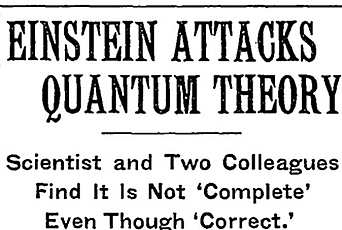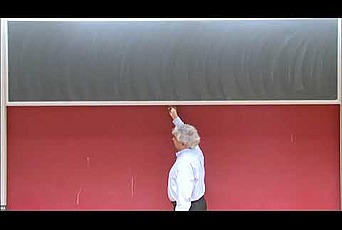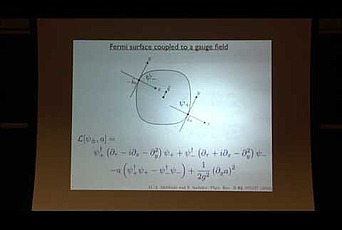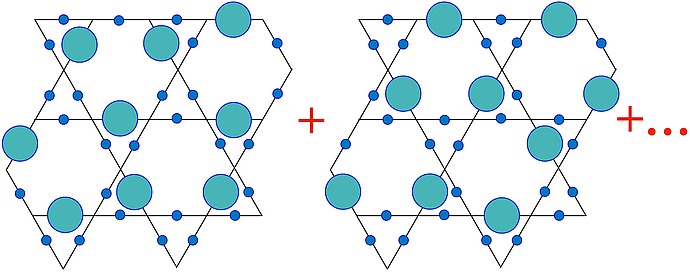
New State of Matter Observed through Entangled Particles
A new state of matter, known as quantum spin liquid (QSL), was observed for the first time by IAS and Harvard University researchers. The results were published today in the journal Science.
Subir Sachdev, Maureen and John Hendricks Distinguished Visiting Professor in the School of Natural Sciences and Herchel Smith Professor of Physics at Harvard, is a theoretical physicist and co-author of the new study led by the Harvard Quantum Initiative (HQI).
As a theorist, Sachdev has worked for years on developing a framework to understand QSLs, predicted nearly fifty years ago by physicist Philip W. Anderson. In a 1991 paper, Sachdev and co-author Nicholas Read provided the first description of the specific type of quantum entanglement (the Z2 spin liquid) observed in the new HQI experiment.
The theory of quantum entanglement however can be traced back even further to an IAS teatime conversation in 1935 between Albert Einstein, Boris Podolsky, and Nathan Rosen. The resulting “EPR” paper provided a foundation for quantum information research and is associated with Einstein’s famous remark: “spooky action at a distance.”
With the successful observation of QSL in the lab, spooky action may now be a little less spooky. In fact, researchers today use tools like “laser tweezers,” allowing them to arrange atoms like pieces on a checkerboard.
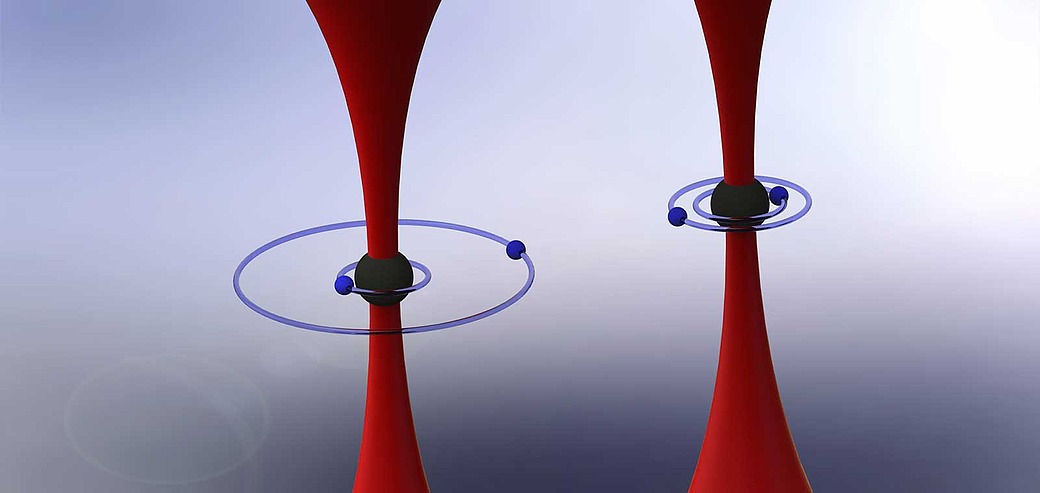
“You can move the atoms apart as far as you want, you can change the frequency of the laser light, you can really change the parameters of nature in a way that you couldn’t in the material where these things are studied earlier,” said Sachdev. “Here, you can look at each atom and see what it’s doing.”
As part of this study, rubidium atoms were arranged into a kagome lattice structure. The pattern, a symmetrical tiling of triangles and hexagons, derives its name from Japanese basket weaving and is naturally occurring in the atomic structure of certain minerals. By exciting specific rubidium atoms within the lattice structure from their ground state, the researchers were able to encourage particles to interact and entangle on a large scale.
QSLs have promising applications in terms of various quantum technologies and may help to overcome challenges of reliability in quantum computers. The team’s success also opens the door to a variety of new experiments and the possibility of new theoretical connections.
Read more about this research in the Harvard press release. The published journal article is available at Science.
